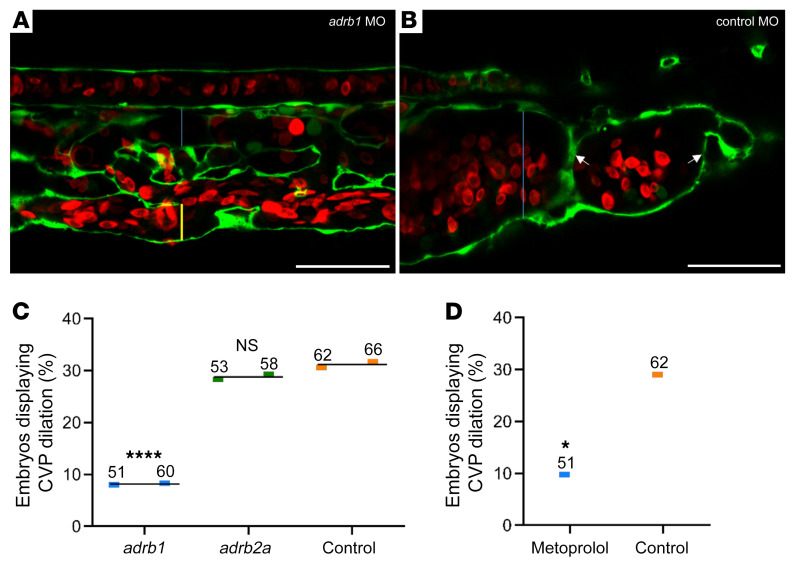Figure 2. Loss of β1 adrenergic receptor function inhibits CVP dilation in ccm2 CRISPR embryos.
(A) One-cell-stage embryos were coinjected with ccm2 CRISPR and an adrb1 morpholino (MO) (A and C) to silence the β1 receptor or with a control morpholino (B and C) and imaged at 48 hpf. (A) β1 Adrenergic receptor–silenced embryos formed a normal CVP, whereas control morpholino embryos (B) showed dramatic dilation. The blue bar indicates the lumen of the dorsal vein, and the yellow bar indicates the ventral vein. Scale bars: 50 μm. (C) Quantification of the embryos in replicate experiments showed that CVP dilation in ccm2 CRISPR embryos was reversed by silencing of the β1 adrenergic receptor with an adrb1–/– morpholino (****P < 0.0001), but not by silencing of the β2a adrenergic receptor with an adrb2a–/– morpholino (P = 0.89). (D) Specificity of β adrenergic antagonists. The β1-specific antagonist metoprolol (400 μM) was added 24 hpf, and embryos were imaged 48 hpf. Metoprolol reversed CVP dilation (*P = 0.018) in comparison with untreated control embryos. The fraction of defective embryos for each replicate experiment is indicated by colored bars (C and D). The mean of the values from replicate experiments is indicated by thin black lines (C). The numbers above the colored bars indicate the sample size for each replicate experiment in each group (C and D). A 2-tailed Fisher’s exact test was used for comparisons.

